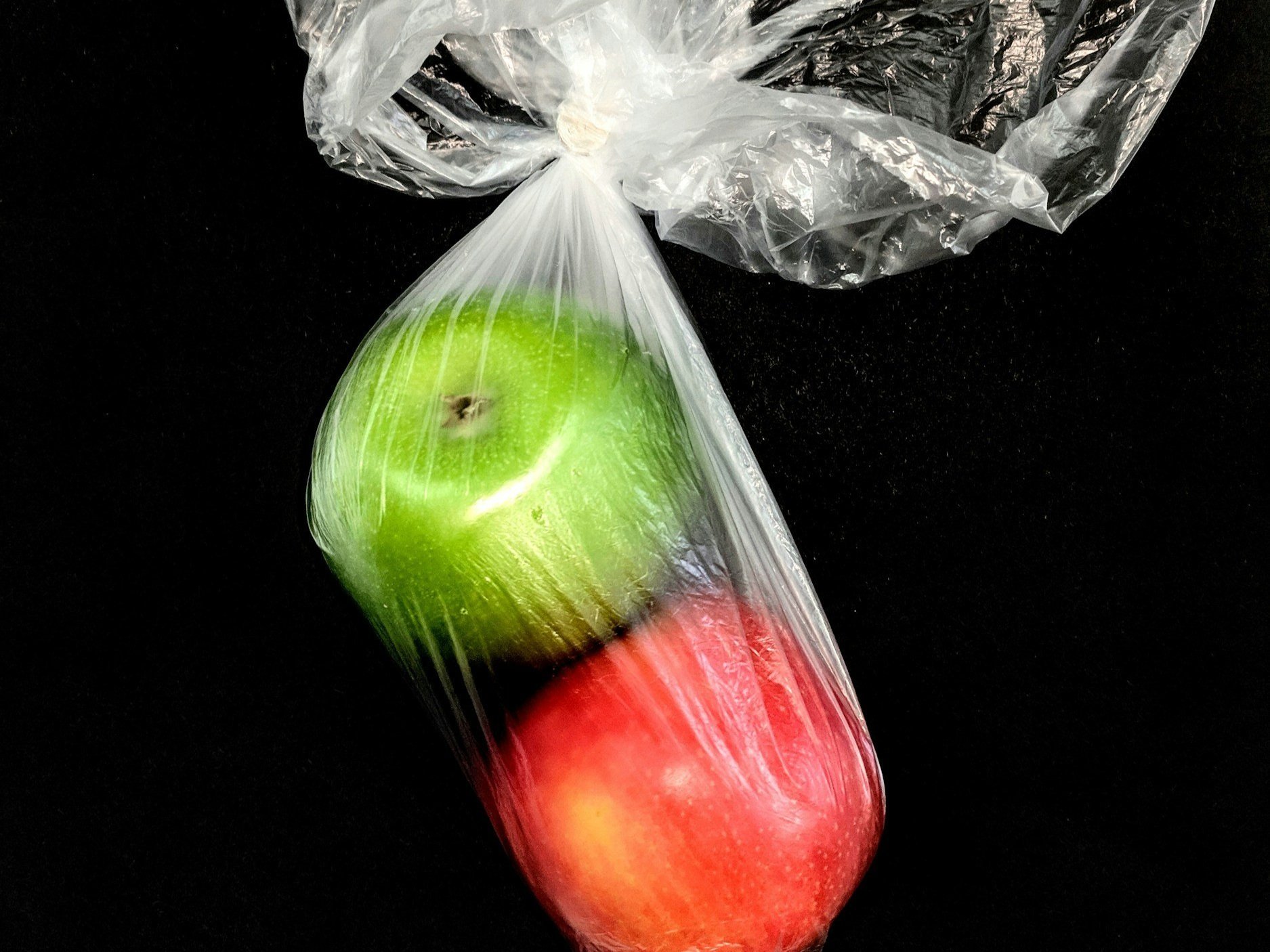The Evolution of Greenlandic Gastronomy
Tradition Meets Innovation
Greenland’s culinary landscape is undergoing a quiet but profound transformation. Rooted in Inuit food traditions that have sustained communities for centuries, Greenlandic cuisine is now being reimagined through modern culinary techniques and global influences. This evolution is driven by a growing interest in sustainability, cultural identity, and the need to adapt to a changing environment. As the world looks northward for new culinary experiences, Greenland is embracing innovation while fiercely preserving the essence of its traditional food culture.
A Legacy of Survival
The Foundations of Greenlandic Cuisine
For thousands of years, Greenlandic food has been shaped by the Arctic’s unforgiving climate and the necessity of self-sufficiency. The cuisine primarily revolves around marine life, as fishing and hunting have been essential for survival. Seal, whale, Arctic char, and halibut have long been dietary staples, offering high-fat content to sustain people through the harsh winters. Meat is often consumed raw, dried, or fermented—techniques that both preserve the food and maintain its nutritional value in an environment where fresh ingredients are scarce.
Traditional dishes like suaasat, a hearty soup made from seal, reindeer, or seabird, reflect the importance of using every part of an animal. Similarly, mattak, the raw skin and blubber of a whale, is a delicacy rich in vitamin C, a crucial nutrient in a land where fruits and vegetables are rare. While these foods may seem unconventional to outsiders, they have long served as lifelines for Arctic communities, embodying both resilience and deep respect for nature.
Foraging also plays a modest but significant role in Greenlandic food traditions. In the short summer months, locals gather berries, angelica, and other edible plants to supplement their diets. However, plant-based foods remain a minor component compared to the heavy reliance on animal protein. Despite these limitations, Greenlandic cuisine is uniquely rich, showcasing centuries of adaptation to extreme conditions.
The Influence of Modernity
How Greenlandic Cuisine Is Changing
As Greenland becomes increasingly connected to the world, its food scene is evolving. The capital, Nuuk, has emerged as a culinary hub where chefs experiment with fusing traditional flavors with contemporary cooking methods. The influence of Danish cuisine—due to Greenland’s colonial history—has introduced new ingredients, such as dairy products, bread, and vegetables, which are now commonly found in local households. This blending of Nordic food traditions with Indigenous techniques has given rise to a unique culinary identity that straddles the past and the present.
Restaurants like Sarfalik and KOKS (which temporarily relocated from the Faroe Islands to Greenland) are at the forefront of this movement, presenting traditional Greenlandic ingredients in innovative ways. Seal and whale meat are now served in fine-dining settings, often smoked, grilled, or paired with modern sauces that enhance their natural flavors. Greenlandic chefs are also exploring new methods of preparing Arctic char, reindeer, and muskox, combining them with imported herbs and vegetables to create dishes that feel both authentic and contemporary.
Beyond the restaurant scene, everyday cooking in Greenland is also evolving. Younger generations are reinterpreting their culinary heritage by integrating global flavors, using ingredients like soy sauce, garlic, and citrus to add complexity to traditional dishes. This shift reflects the broader trend of globalization, where access to imported goods allows for greater experimentation in home kitchens. However, many Greenlanders remain deeply committed to traditional food practices, ensuring that these changes do not erase their culinary roots.
Sustainability Challenges and Innovations in Greenlandic Food
Sustainability is a growing concern in Greenland, where climate change is altering traditional food sources. As Arctic ice melts, hunting patterns are shifting, affecting the availability of staple foods like seal and fish. The warming climate also threatens the delicate ecosystem that Greenlanders have relied on for generations. In response, there is a push for more sustainable fishing practices, ensuring that marine life remains abundant for future generations.
One promising development is the rise of local food initiatives aimed at reducing Greenland’s dependence on imported goods. With over 80% of the country’s food being shipped in from Denmark and other nations, there is an increasing effort to establish greenhouse farming, hydroponics, and sustainable foraging projects. While large-scale agriculture is not feasible in Greenland’s harsh climate, small-scale innovations are making fresh, locally grown produce more accessible.
Additionally, there is a renewed focus on ethical hunting and fishing. Organizations and local leaders are working to balance cultural traditions with conservation efforts, ensuring that food harvesting practices remain sustainable. This balance is critical, as Greenlandic cuisine is not just about nourishment—it is deeply tied to identity, history, and the environment.
The Future of Greenlandic Gastronomy
Looking ahead, Greenland’s food culture is poised to gain greater international recognition. As global interest in Arctic gastronomy grows, more travelers are seeking authentic culinary experiences in Greenland, fueling a burgeoning food tourism industry. Fine dining establishments and local food markets are playing a crucial role in this movement, offering visitors a taste of both traditional and modern Greenlandic flavors.
At the same time, Greenlanders themselves are redefining what it means to eat sustainably in an Arctic environment. With climate change and globalization reshaping food access and preferences, there is an ongoing effort to maintain a delicate balance between innovation and tradition. This means preserving Indigenous food knowledge while also embracing new ideas that align with contemporary lifestyles and environmental concerns.
Final Thoughts
The evolution of Greenlandic cuisine is more than a culinary shift—it is a reflection of a culture adapting to a rapidly changing world. By blending time-honored food traditions with modern creativity, Greenlanders are not only keeping their heritage alive but also shaping a future where Arctic gastronomy is celebrated on a global stage. As traditional and modern cooking continue to intertwine, Greenlandic food remains a powerful symbol of resilience, adaptation, and deep respect for nature.












